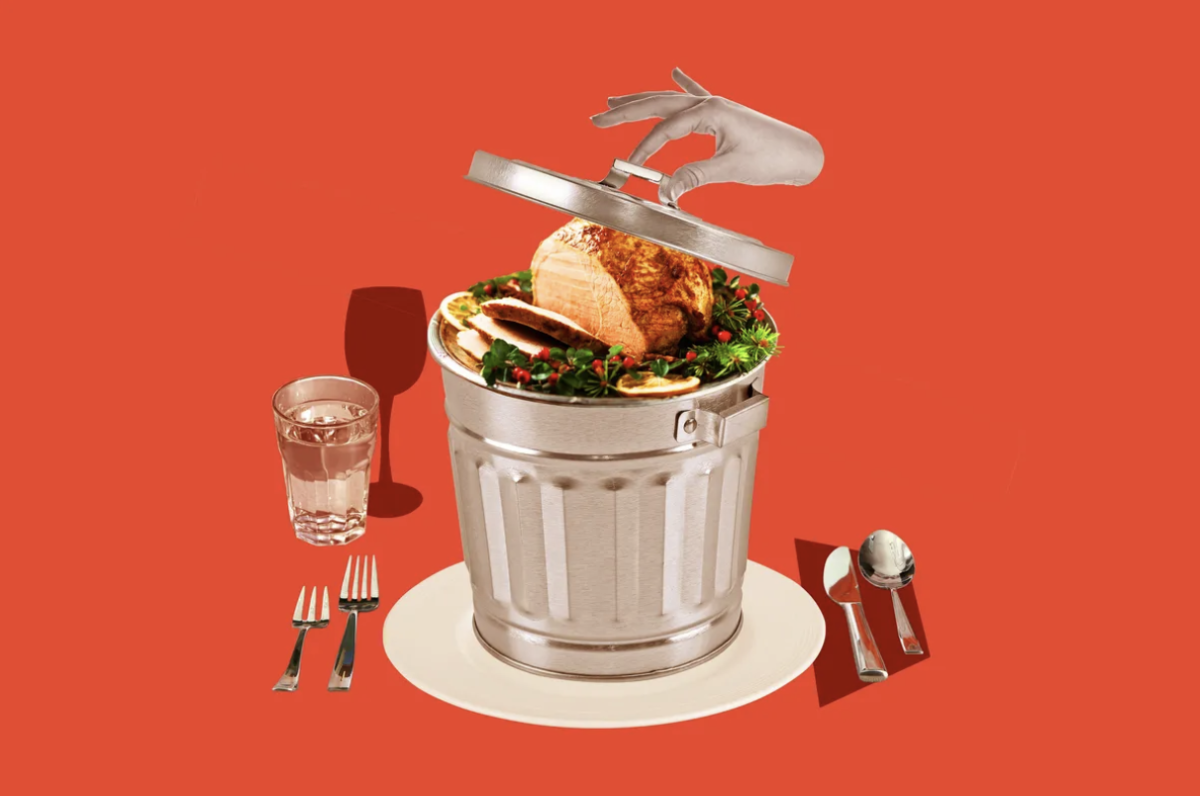One of the biggest stories underlying the 2024 presidential election is the shifting demographic coalitions backing both Kamala Harris and Donald Trump. In particular, young men, Black and Latino voters, and white women are voting differently than they have in past elections. While small changes in how demographic groups represent a sliver of the electorate may not seem significant, every vote won or lost matters in an election this close.
Young Men: As political polarization has risen sharply over the course of the last decade, the gender gap has also grown accordingly. Since 2013, young men have actually shifted to the left, with slightly more identifying as liberal than conservative, while the reverse was true a decade ago. However, this change in the political preferences of young men is surprising considering that young women are three times more likely to identify as liberal than as conservative. In fact, the share of young women identifying as liberals is now nearly 20% higher than the corresponding share of young men, while the gap was only 5% in 2013. Additionally, Democrats hold only a 3% lead in party identification among young men compared to 22% in 2020, while the share of young women identifying as Democrats has increased by 6%. Stances or policy goals often associated with the Republican Party or conservatives have become more popular among young men than young women, including the border wall (+15% compared to young women), opposition to same-sex relationships (+12%), and believing Israel’s response to the October 7th attacks has been justified (+11%), though a majority of young men still don’t support these positions. This slight rightward shift among young men has been exacerbated by the main issue of the 2024 campaign: the economy. 81% of young voters say the economy will be a very important factor in determining their vote, and young voters prefer the Trump economy to the Biden-Harris economy by a 23% margin.
Black and Latino Voters: The broader shift among young men has also led to eroding margins for Democrats among Black and Latino voters. Support for Democrats among Black voters has dropped from D+99% in 2008 and D+83% in 2020 to a projected D+63% in 2024. Similarly, support for Democrats among Latino voters has dropped precipitously, from nearly equivalent margins in 2008 (D+45%) and 2020 (D+47%) to a projected D+19% in 2024. These two groups make up a combined 31.1% of the Americans and represent even larger portions of critical swing states. For example, 31.47% of Georgia residents and 20.94% of North Carolina residents are Black, and 31.7% of Arizona residents and 30% of Nevada residents are Hispanic. With the polling margins in these critical states so narrow, the predicted erosion in liberal support among Black and Latino voters would be a huge win for Republicans.
White Women: Though a slew of traditionally liberal demographics are moving rightward, a long-stalwart conservative group is moving the opposite direction: white women. In 2016, Trump won the white female vote 47%-45%, and Democrats have won the plurality of the white female vote in a presidential election just twice in the last 72 years (in Lyndon Johnson’s landslide 1964 win and Bill Clinton’s win in the 1992 three-way race). Over the last 13 years, 6% more white women identify as liberal, equalling or outpacing women of color. The leftward shift is being driven by young women, 41% of whom identify as liberal, a mark which also outpaces young women of color. Just as young men are becoming more open to voting Republican on the basis of economy, white women are becoming more likely to vote for Democrats on the basis of abortion. While abortion (13%) is currently ranked as the 4th most important issue for white women, behind inflation (32%), threats to democracy (27%), and immigration (15%), that figure is significantly higher than the 2020 election, which was held prior to the overturning of Roe v. Wade. Additionally, abortion is the most important issue among young women (39%), providing context to the increasing number of young white women identifying as liberals. For a demographic group that represents almost 40% of the electorate, even small changes in voting patterns could have a seismic impact on the election results.







